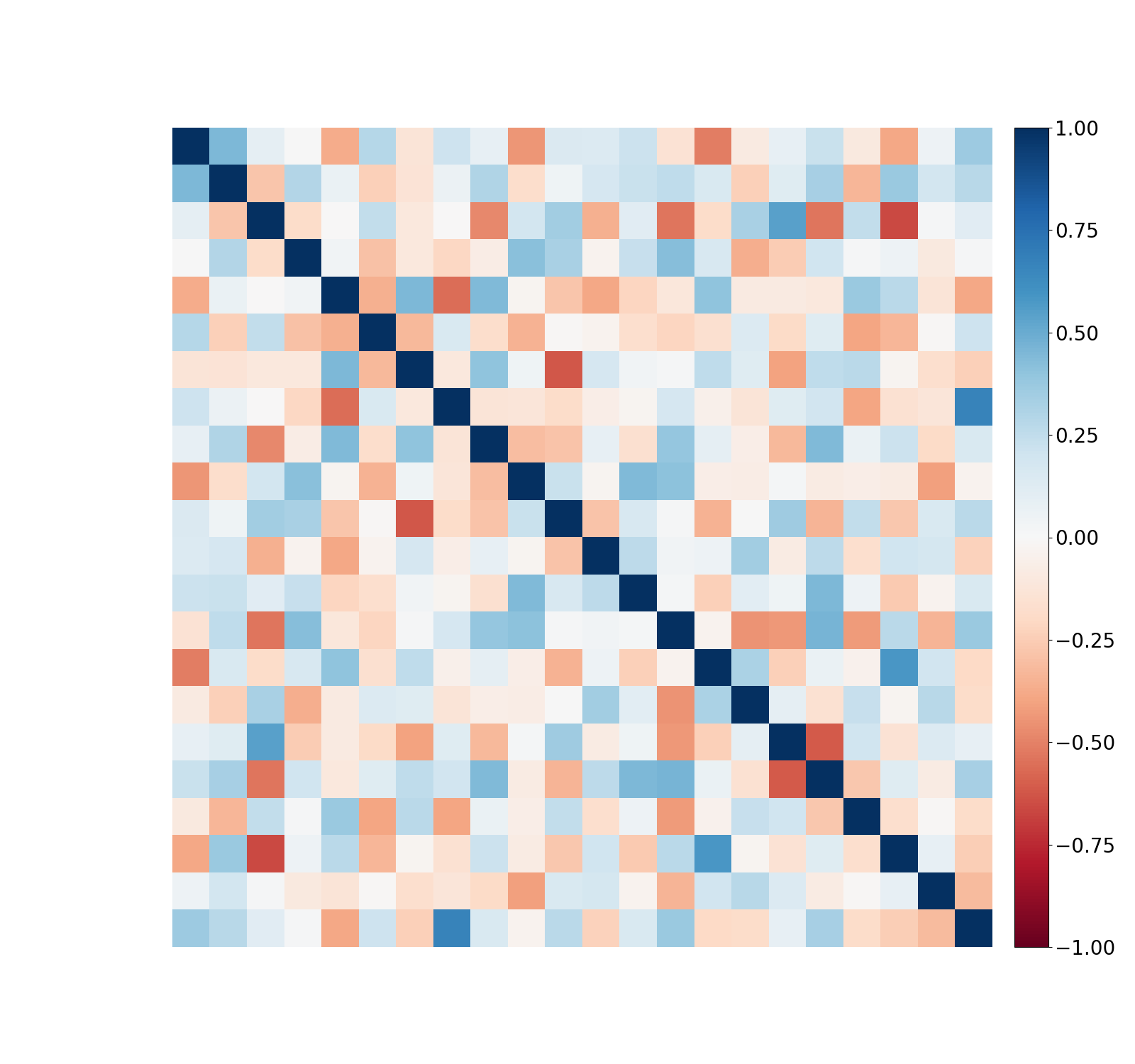Exploring Generative Neural Temporal Point Process
Temporal point process (TPP) is commonly used to model the asynchronous event sequence featuring occurrence timestamps and revealed by probabilistic models conditioned on historical impacts. While lots of previous works have focused on `goodness-of-fit' of TPP models by maximizing the likelihood, their predictive performance is unsatisfactory, which means the timestamps generated by models are far apart from true observations. Recently, deep generative models such as denoising diffusion and score matching models have achieved great progress in image generating tasks by demonstrating their capability of generating samples of high quality. However, there are no complete and unified works exploring and studying the potential of generative models in the context of event occurence modeling for TPP. In this work, we try to fill the gap by designing a unified \textbf{g}enerative framework for \textbf{n}eural \textbf{t}emporal \textbf{p}oint \textbf{p}rocess (\textsc{GNTPP}) model to explore their feasibility and effectiveness, and further improve models' predictive performance. Besides, in terms of measuring the historical impacts, we revise the attentive models which summarize influence from historical events with an adaptive reweighting term considering events' type relation and time intervals. Extensive experiments have been conducted to illustrate the improved predictive capability of \textsc{GNTPP} with a line of generative probabilistic decoders, and performance gain from the revised attention. To the best of our knowledge, this is the first work that adapts generative models in a complete unified framework and studies their effectiveness in the context of TPP. Our codebase including all the methods given in Section.5.1.1 is open in \url{https://github.com/BIRD-TAO/GNTPP}. We hope the code framework can facilitate future research in Neural TPPs.
PDF Abstract

